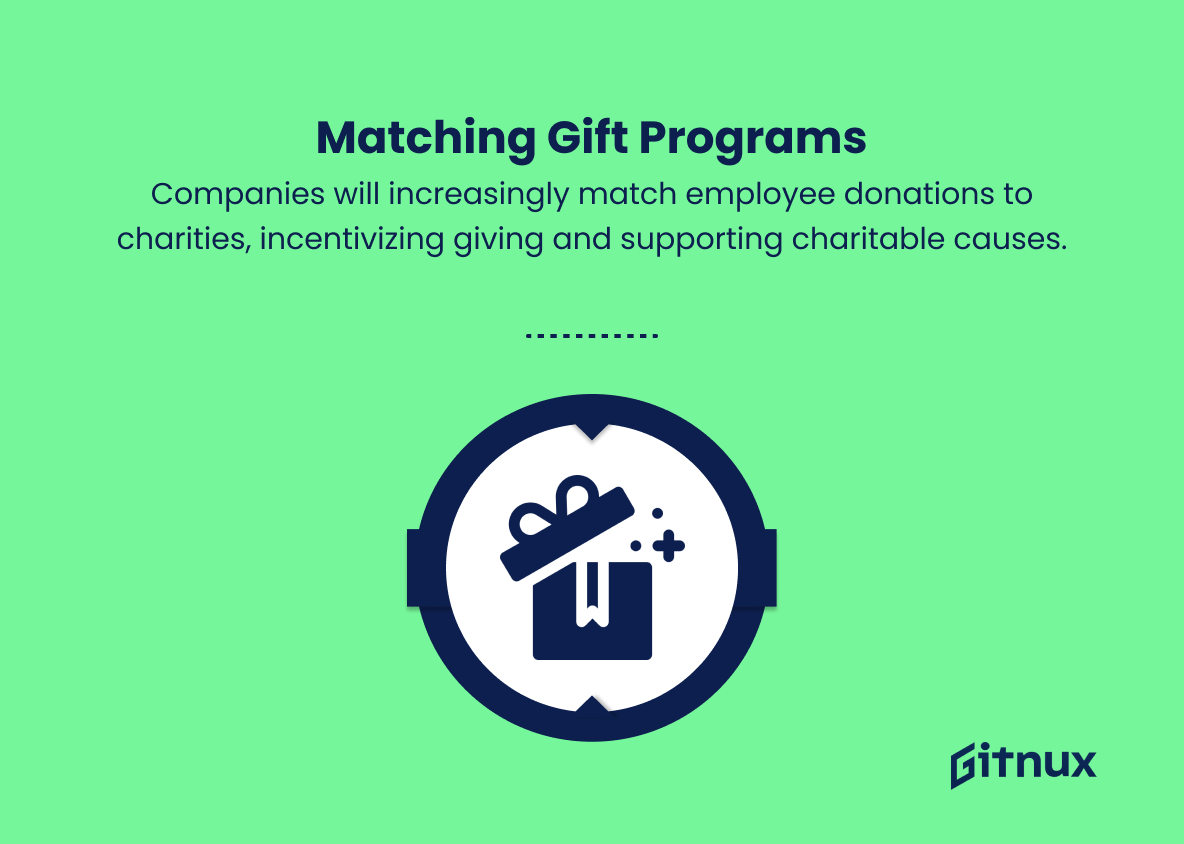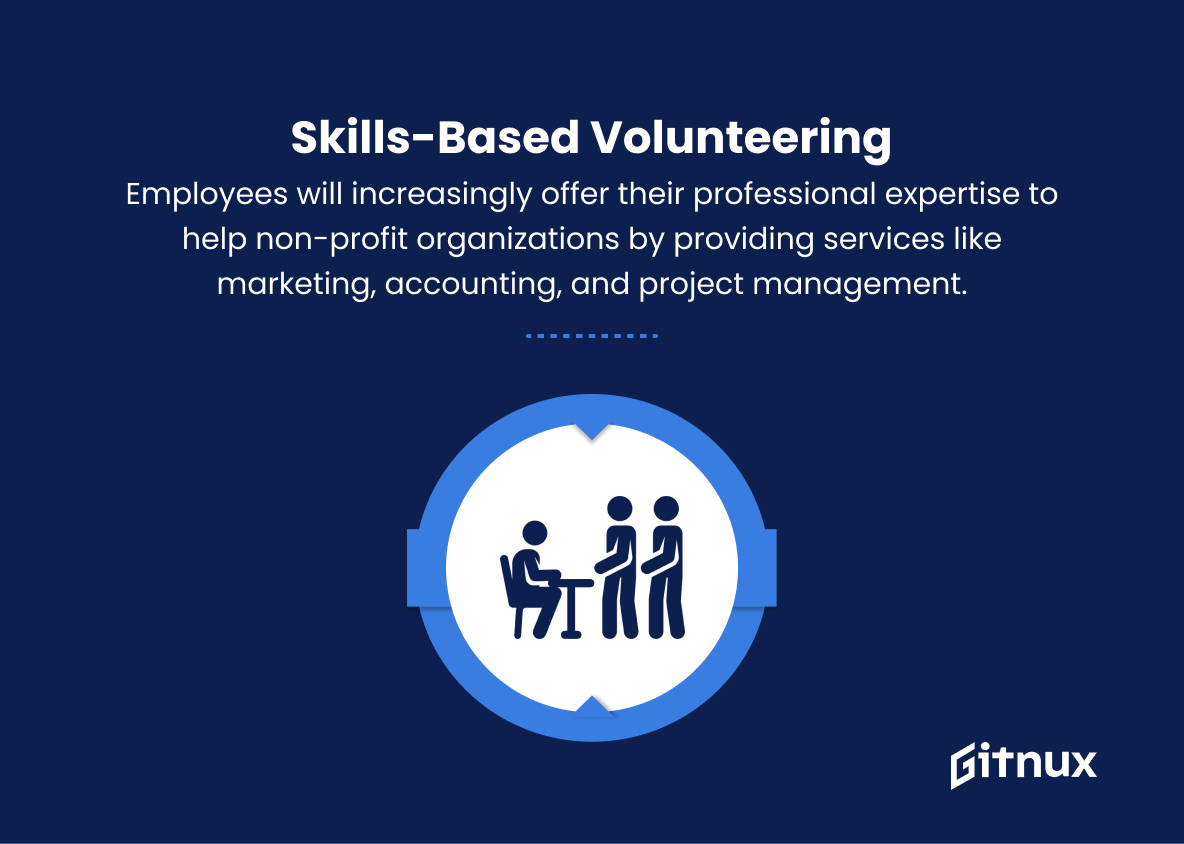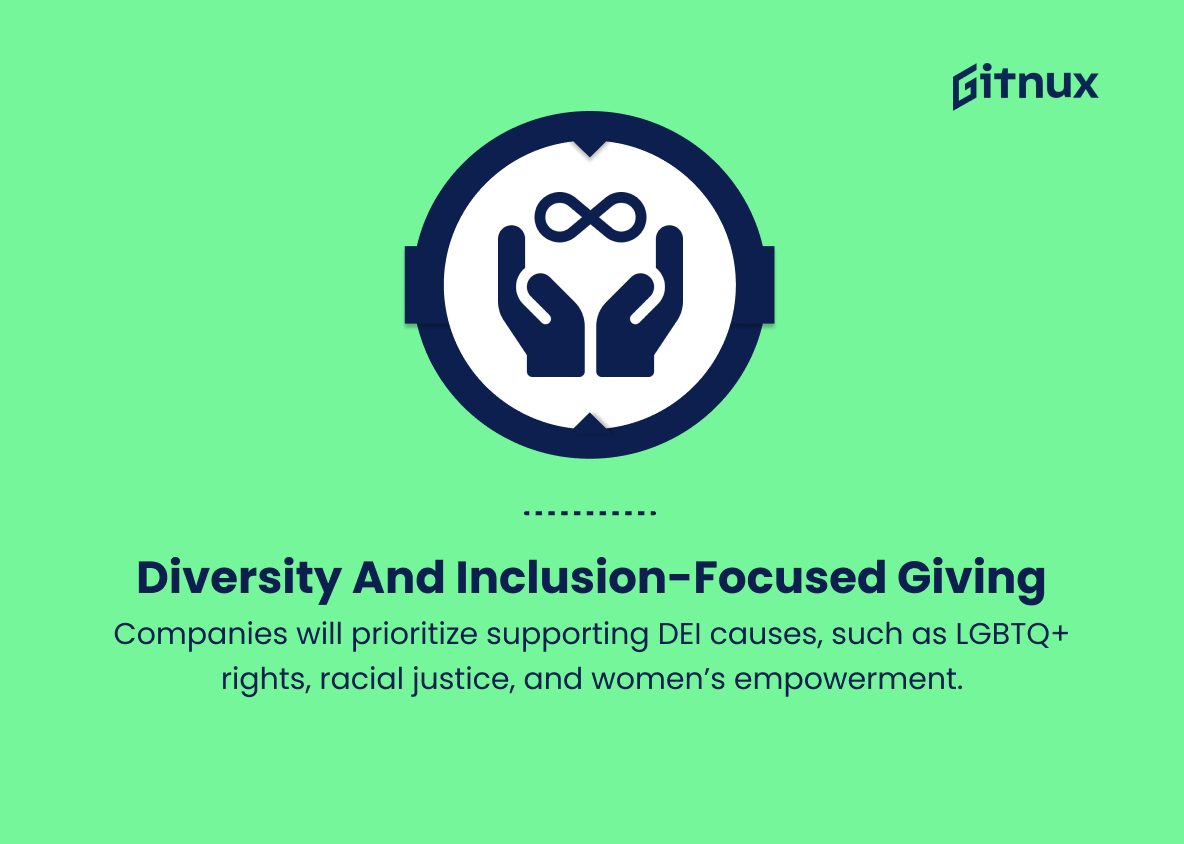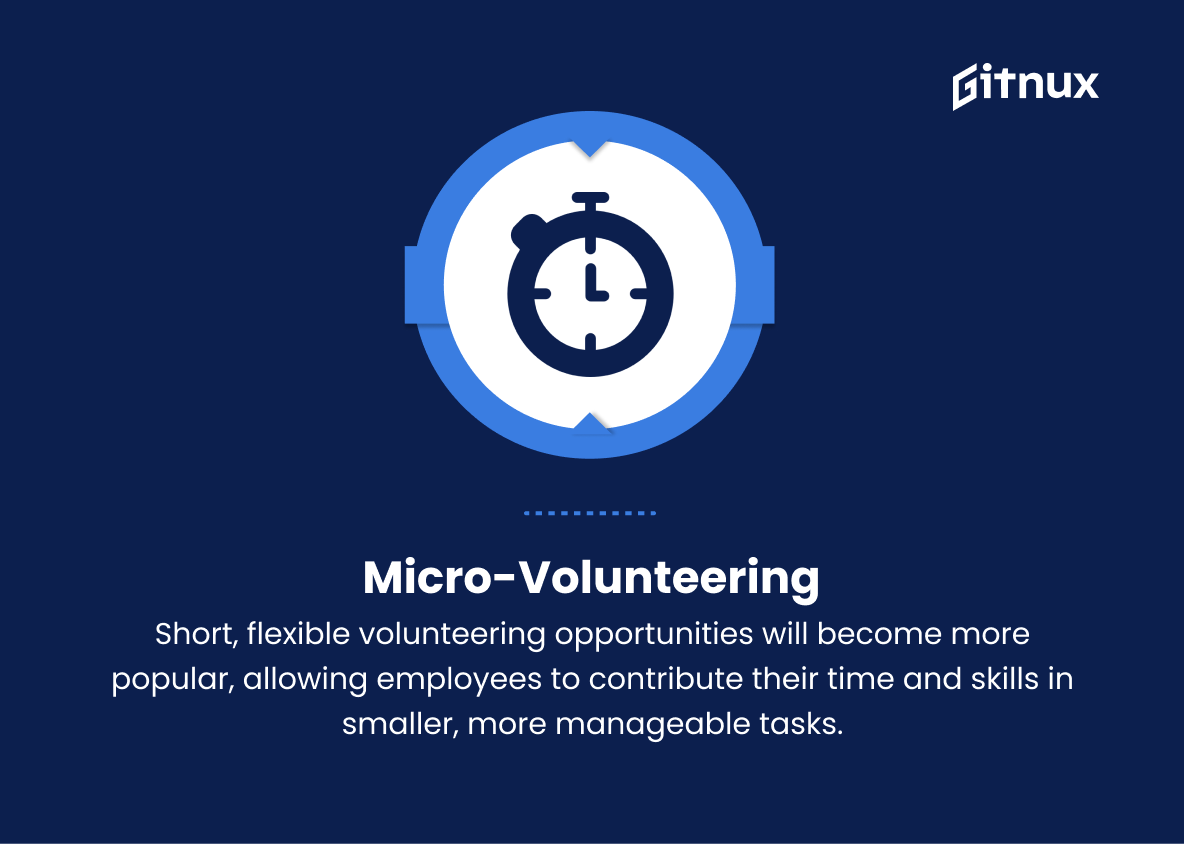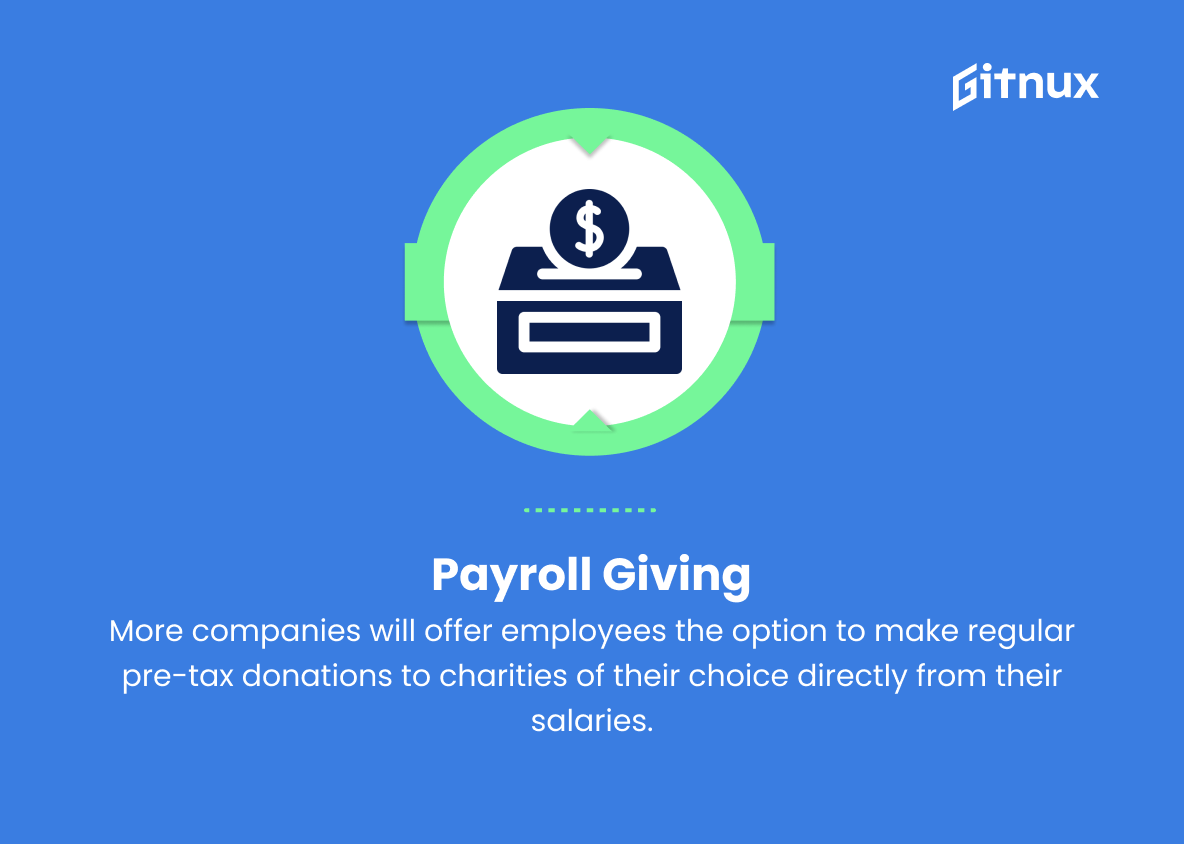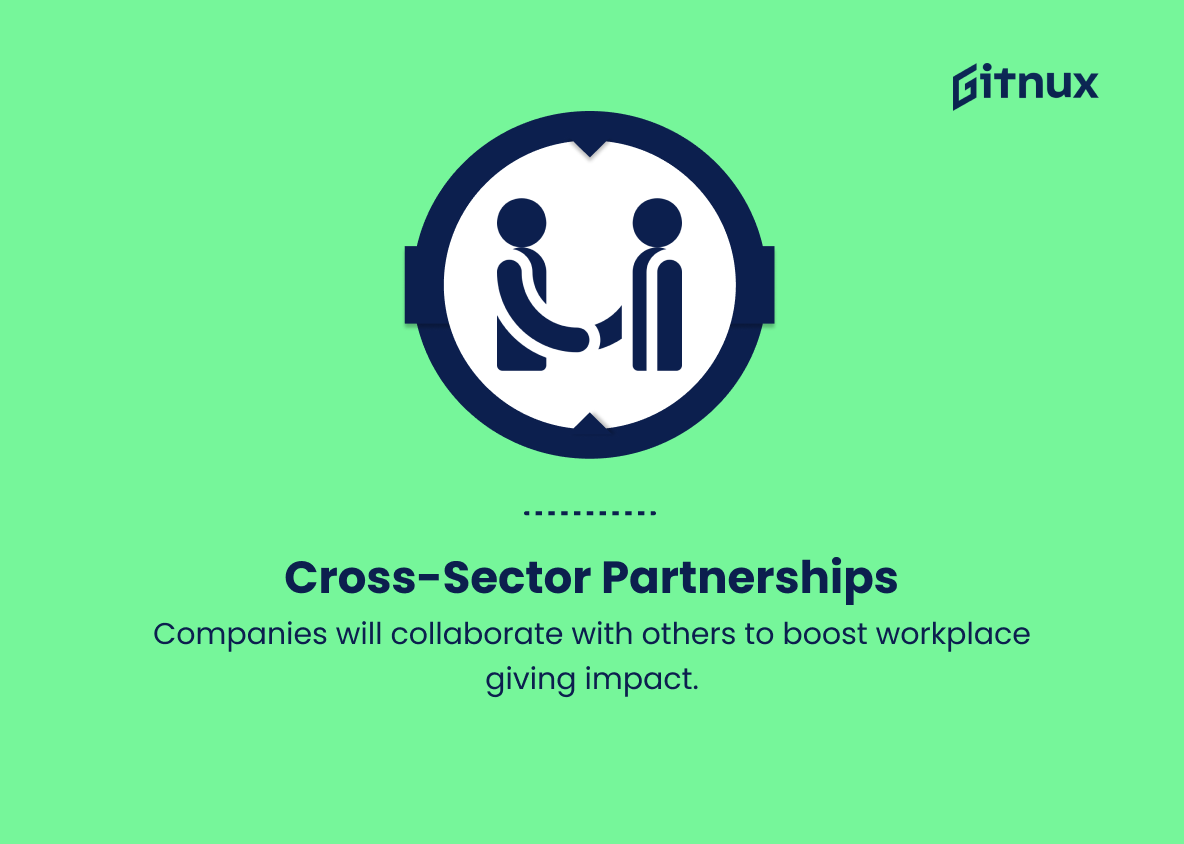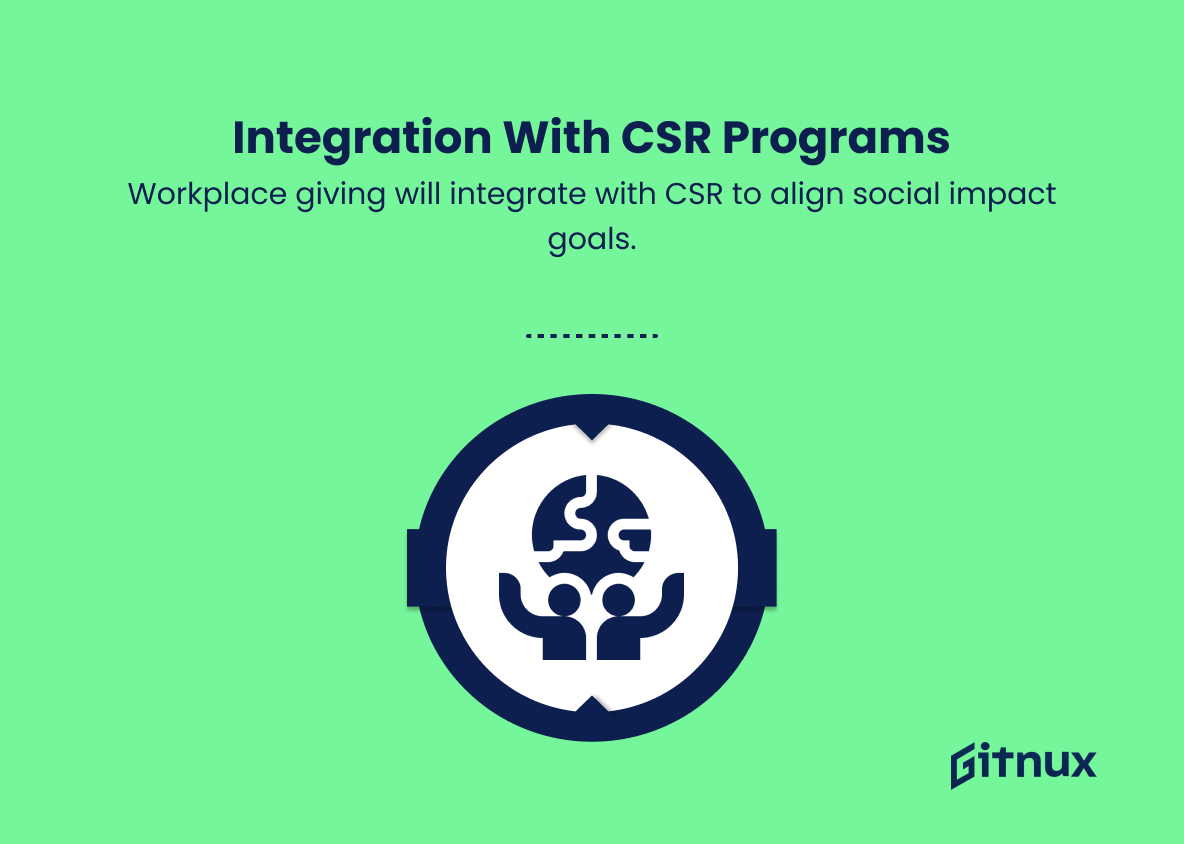In today’s rapidly evolving corporate landscape, workplace giving has emerged as a powerful tool to not only support philanthropic endeavours but also to foster a culture of empathy, engagement, and social responsibility within organizations. As employees become more cognizant of the impact they can make in the community, their expectations from the companies they work for are changing too.
In this comprehensive blog post, we shall delve into the latest workplace giving trends that are transforming employee-employer relationships, empowering individuals to make a difference, and shaping the future of corporate philanthropy. So, let us examine these emerging patterns and discuss their potential implications on the long-term sustainability and success of businesses worldwide.
Top Workplace Giving Trends
1. Virtual volunteering
With the rise of remote work, virtual volunteering opportunities will allow employees to give back to their communities and support causes they care about from anywhere in the world.
2. Matching gift programs
Companies will increasingly offer their employees opportunities to contribute financially to charitable organizations, while matching their donations up to a certain amount or percentage. This incentivizes employees to give and leads to greater support for charitable causes.
3. Employee-led philanthropy
Employee-run committees and groups will be more common, allowing individuals to take charge of workplace giving initiatives and create tailored corporate social responsibility programs.
4. Skills-based volunteering
Employees will increasingly offer their professional expertise to help non-profit organizations by providing services like marketing, accounting, and project management.
5. Diversity and inclusion-focused giving
Companies will prioritize supporting organizations and causes that address social issues related to diversity, equity, and inclusion, such as LGBTQ+ rights, racial justice, and women’s empowerment.
6. Environmental and sustainability giving
As concerns about climate change and environmental sustainability grow, workplaces will increasingly support green initiatives and organizations that work towards a sustainable future.
7. Micro-volunteering
Short, flexible volunteering opportunities will become more popular, allowing employees to contribute their time and skills in smaller, more manageable tasks.
8. Gamification and competition
Companies will use competition and gamification techniques, such as leaderboards and reward systems, to encourage employees to participate in workplace giving programs and boost overall engagement.
9. Payroll giving
More companies will offer employees the option to make regular pre-tax donations to charities of their choice directly from their salaries.
10. Impact tracking and reporting
Employers and employees alike will show a greater interest in understanding the outcomes of their giving efforts. This will lead to a demand for better tools and resources to measure, track, and report on the impact of workplace giving programs.
11. Cross-sector partnerships
Companies will increasingly work with other organizations, governments, and non-profits as part of their workplace giving initiatives, fostering collaboration and leveraging resources for greater impact.
12. Employee wellbeing and mental health
There will be a growing focus on workplace giving initiatives that consider employee mental health and wellbeing, promoting initiatives that support healthy, balanced lifestyles, and reduce stress.
13. Purpose-driven workplaces
Companies will increasingly prioritize corporate values and social responsibility, attracting and retaining employees who are aligned with their mission and passionate about contributing to positive change.
14. Integration with CSR programs
Workplace giving will become more closely integrated with broader CSR (Corporate Social Responsibility) strategies, ensuring that volunteer efforts and philanthropy align with the company’s overall social impact goals.
Implications
As the world becomes more interconnected and socially aware, workplace giving trends are shifting to adapt and further engage employees in supporting various causes. The rise of virtual volunteering now permits employees to contribute to their communities from anywhere in the world, while matching gift programs incentivize workers to donate as companies offer to match their contributions. Employee-led philanthropy allows individuals to take charge of these initiatives, leading to tailored CSR programs. Skills-based volunteering encourages employees to offer their expertise to non-profits, creating capacity within those organizations.
As diversity and inclusion grow in importance, businesses will prioritize supporting related causes and organizations addressing social issues. At the same time, environmental and sustainability giving will increase due to concerns about climate change. Micro-volunteering will gain popularity as a way to support smaller, manageable tasks while gamification and competition will be employed to boost employee participation in workplace giving programs.
Payroll giving provides an efficient method for employees to contribute directly, while impact tracking and reporting increase transparency and understanding of outcomes. Cross-sector partnerships will result from companies collaborating with various stakeholders to maximize their impact. Employee mental health and wellbeing will emerge as a focus in workplace giving, with initiatives that promote balance and reduce stress. Purpose-driven workplaces that prioritize corporate values and social responsibility will attract and retain like-minded employees.
Finally, workplace giving trends will increasingly integrate with broader CSR strategies to align volunteer efforts and philanthropic endeavours with the overall goals of the organization. Overall, these trends signal a more comprehensive approach to corporate social responsibility and employee engagement in contributing to positive change.
Conclusion
In conclusion, workplace giving trends are constantly evolving, reflecting the growing importance of corporate social responsibility, employee engagement, and community involvement. As companies continue to adapt and find innovative ways to support charitable causes, it is clear that workplace giving will maintain its significance in fostering a positive company culture and making a lasting impact on society. By staying informed about these trends, both employers and employees have the opportunity to maximize their efforts, amplify their impact, and nurture a culture of giving that extends beyond the workplace.
It is now more important than ever for organizations and their staff to work together in embracing these shifts and fostering a spirit of generosity that ultimately benefits everyone involved.

